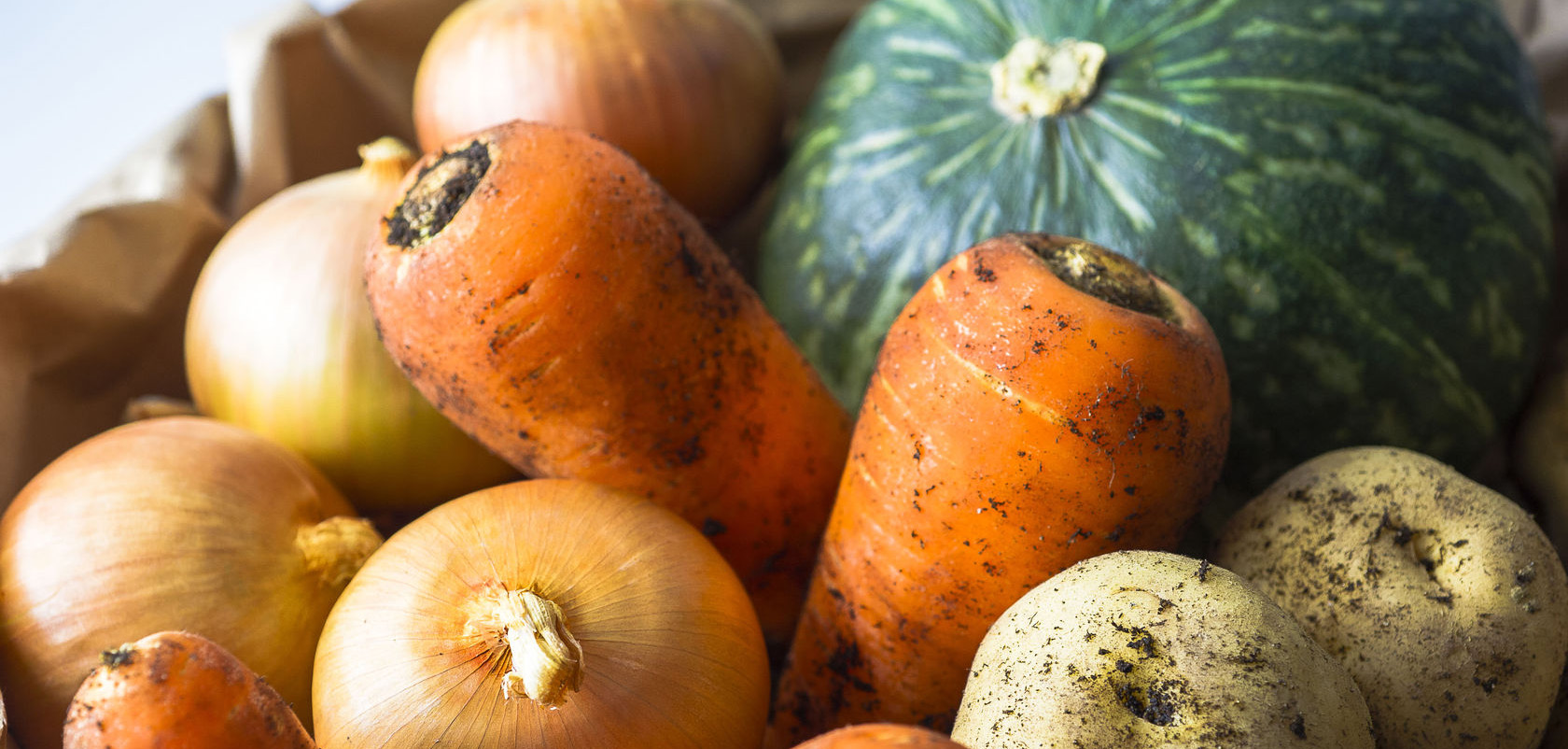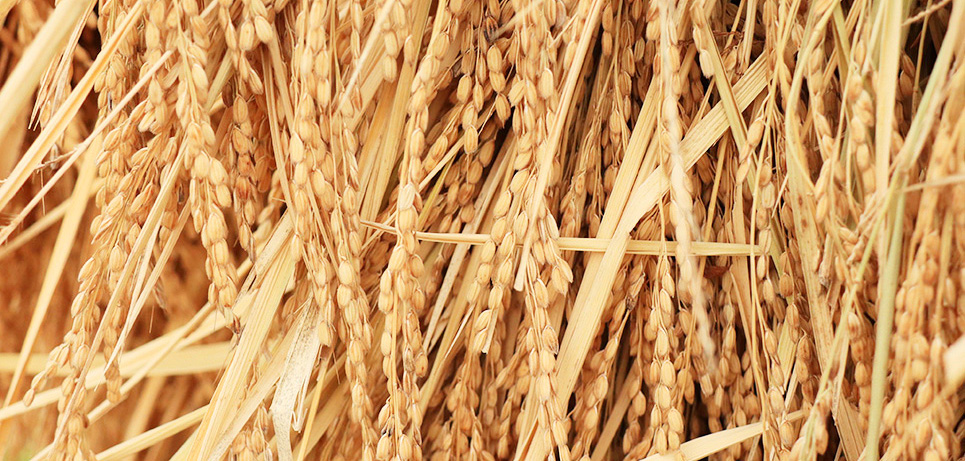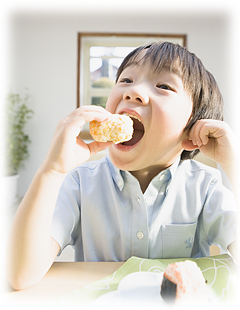For a better understanding of macrobiotics
there are some keywords
one's body and soul (as opposed to those of others) – Shindofuji –Cherish local things and things that are suitable for the climate
In the old days, it was said that if you eat foods that are three ri (four miles) square, you can live a long life.But what about now?Our stomachs are supported by food that has been transported from all over the long and narrow Japanese archipelago, as well as from the other side of the world.But the further away we are, the longer it takes for food to be produced and in our mouths.
For this reason, it has been pointed out that imported perishable foods have problems such as post-harvest pesticide residues and additives, which are used to maintain freshness and prevent spoilage.Choosing domestic food as much as possible is an important guideline for safety and security.
Shindofuji means that the body (body) and the soil (land) are inseparably linked. There is a phrase “local production for local consumption”, but by eating as much local produce as possible, you can adapt your body to the local climate and maintain good health.
Plants build their bodies by absorbing nutrients directly from the soil, herbivorous animals eat plants, and carnivorous animals maintain their bodies by eating the contents of herbivorous animals.Animals live on the land they live in.For humans, that is the nature of nature.
In today's society, where logistics and living environments have been developed and developed, it is now possible to live in areas where humans originally did not live. In order to keep the body in the best condition, and to reduce excessive energy consumption and preserve the natural environment, it can be said that Shindofuji is the most logical.
the whole kit and caboodle – Ichibutsu Zentai –whole life of food

What do you do with your vegetables when you prepare food at home?Cut off the leaves and peel the radishes and carrots, and discard the outer skins of the cabbage and Chinese cabbage.The leaves and skin are sometimes peeled off in advance at the store, but originally the whole food is life.Therefore, it can be said that there is no place to throw it away. (*1)
The lotus root nodes have an anti-damping effect, and the carrot and radish leaves contain more nutrients than the roots.Also, most household waste comes from the kitchen, but if you use all of your food and reduce vegetable waste, you can reduce the amount of waste considerably.
For rice, we recommend brown rice, which is full of vitality and will sprout when sown, rather than white rice.In fact, brown rice is richer in calcium, magnesium, vitamin B1, iron, and dietary fiber.Brown rice has "nuka".If you write it in kanji, it is "rice bran". "Rice" and "health".Conversely, if you turn “rice” into “white”, it becomes “kasu”.
Whether it's vegetables or rice, if you want to eat the whole thing, it's basic to choose a safe one grown without pesticides and chemical fertilizers. By feeling "mottainai", the mindset to cherish food will protect the natural environment and lead to health promotion.
(*1) Some plants, such as potato sprouts, are toxic.
Grain is the staple foodEating too much meat is unhealthy

Humans are not carnivores that only eat meat.Even people who like meat often think, "I have to eat rice and vegetables."So, what is the ideal amount of food to eat?The answer is in our mouth.
Humans have 32 teeth in total.They are divided into molars (20), incisors (XNUMX), and canines (XNUMX).Molars are used to grind hard grains, incisors are used to cut fruits and vegetables, and canines are used to chop meat and fish.In other words, it can be said that the ideal diet for human beings is to have grains as the staple food and a well-balanced side dish that includes mainly vegetables and animal foods.
If your diet leans too heavily towards meat, you will end up with more fat and cholesterol, which can make you unhealthy.Based on such reflections, in the United States, nearly 30 years ago, in an attempt to put a brake on the increase in health care costs, a diet that reduced the intake of animal products and sugar, and increased the consumption of unpolished grains, vegetables, and fruits in particular, was introduced. The government has called for a change toAt that time, the ideal low-fat, low-calorie diet was traditional Japanese food.Since then, Japanese food has become widely popular among Americans as a healthy dish.
An enormous amount of grain is consumed to raise one cow for food.Eating less meat reduces the environmental impact.
Suitable for climate and seasonNatural change – feel the season

Let's cherish each season.In particular, Japan has four seasons, which can be divided into twenty-four solar terms and seventy-two climates.If you look around the world, there are ingredients and dishes that are suitable for each climate, such as the summer in the Mediterranean climate, the dry and rainy seasons in the tropical climate, and the harsh winter in the cold zone.
Nowadays, there are many kinds of vegetables all year round, and the taste of the season has been lost. Nutrition is also very good.Vegetables grown in summer are more negative and cool the body, while vegetables in winter warm the body and have more positive effects.
Sagen Ishizuka, the founder of "food education," preached, "Eat it with bitterness in spring, vinegar in summer, spiciness in autumn, and fat in winter."In spring, eating the “bitterness” of edible wild plants that have sprouted activates the metabolism and flushes out the fat and waste products accumulated in the winter.In summer, vinegar is used to prevent food poisoning and increase appetite.In the fall, we prepare for the winter by taking in “spiciness” (*autumn blessings) to prepare the body for the summer.In winter, they eat oily and fatty foods in order to gain strength and subcutaneous fat to withstand the cold.
The cooking method also changes depending on the ingredients and the season.In the summer, the work of heating is light, and raw foods are used in vinegared dishes and salads, but in winter, they are heated for a long time and eaten hot to warm the body.Thinking about eating habits in line with the climate and seasons is also connected to one of the keywords, "Shindo Fuji."
chew wellPreventing overeating and the benefits of chewing

No matter how good your body is, you want to avoid overeating, which can lead to obesity.It is said that it takes about 20 minutes to feel full after starting a meal, but by chewing each mouthful 30 times or more, you can prevent overeating.
- Increase digestion and absorption to reduce the burden on the stomach and intestines, and thereby avoid wasting the nutrients of the foods you choose to be good for your body.
- It promotes the development of the jaw and improves the alignment of the teeth, and the saliva flow makes chewing, swallowing, and pronunciation easier, and prevents tooth decay and periodontal disease.
- The pump action of the jaw increases blood flow in the brain, helping improve memory and prevent dementia.
- Sterilize pathogenic microorganisms on food by mixing saliva well
…Such.
Cereals and vegetables, in particular, are full of flavor when you chew them well.
gratitude"Let's eat, thanks for the meal"

We live in an age where things are overflowing and what we want comes out one after another.There are many kinds of food, and now you can eat as much as you like.Although it is such a prosperous society, it also has negative problems such as environmental destruction and disease.
It goes without saying that all food is life.Considering the long process of birth, growth, harvesting, and the precious labor that has gone into it, food cannot be wasted.This is not just a "macrobiotic" concept, but something common to all things, and it is also the starting point of "food education" that teaches children the importance of life.
It is said that a grateful heart makes the parasympathetic nervous system of the autonomic nervous system dominant, enhances the function of the digestive tract, and improves the digestion and absorption of food.Thinking that our lives are kept alive by the life of food, let us chew it well.
Macrobiotics is the self-actualization of human beings, recognizing that they are part of nature.It is a method that anyone can put into practice to enhance our original vitality and carry out “what we really want to do” by having a diet that is as close to the environment as possible.
About macrobiotics
What is macrobiotics? Macrobiotic Keywords
Macrobiotic Q&A Organic & Macrobiotic Life




